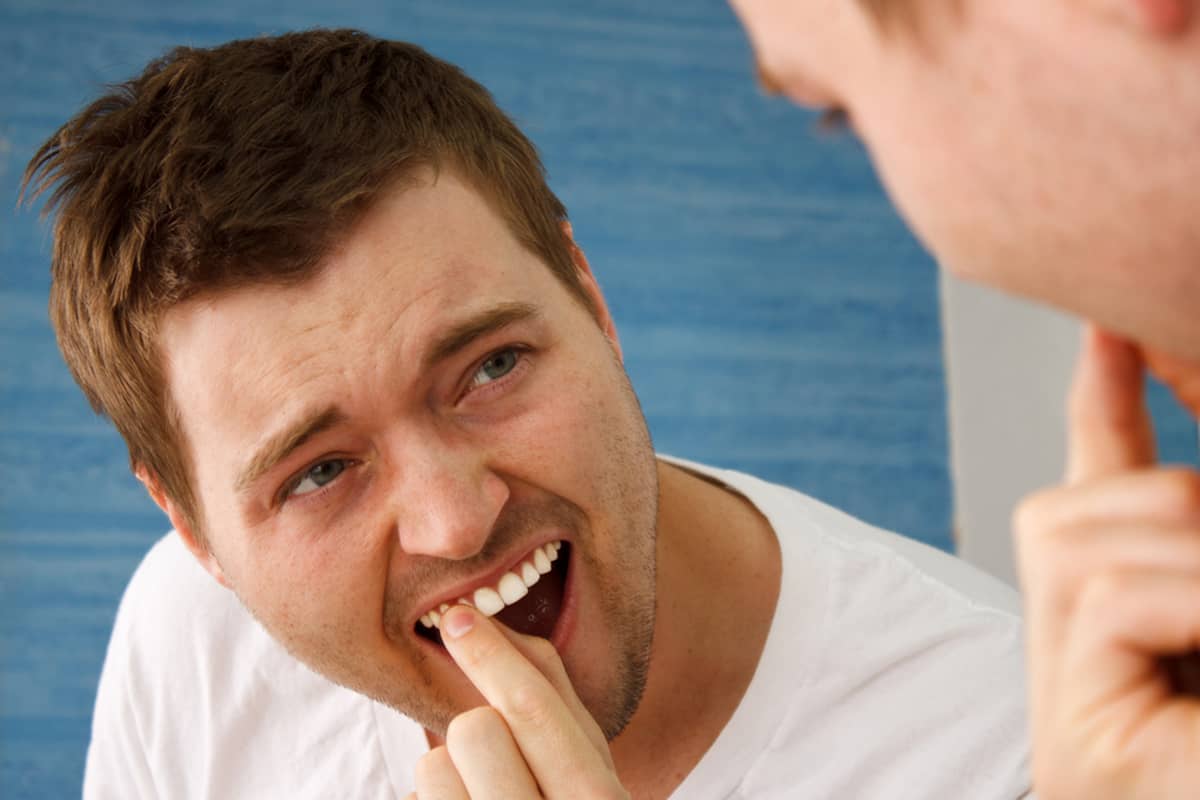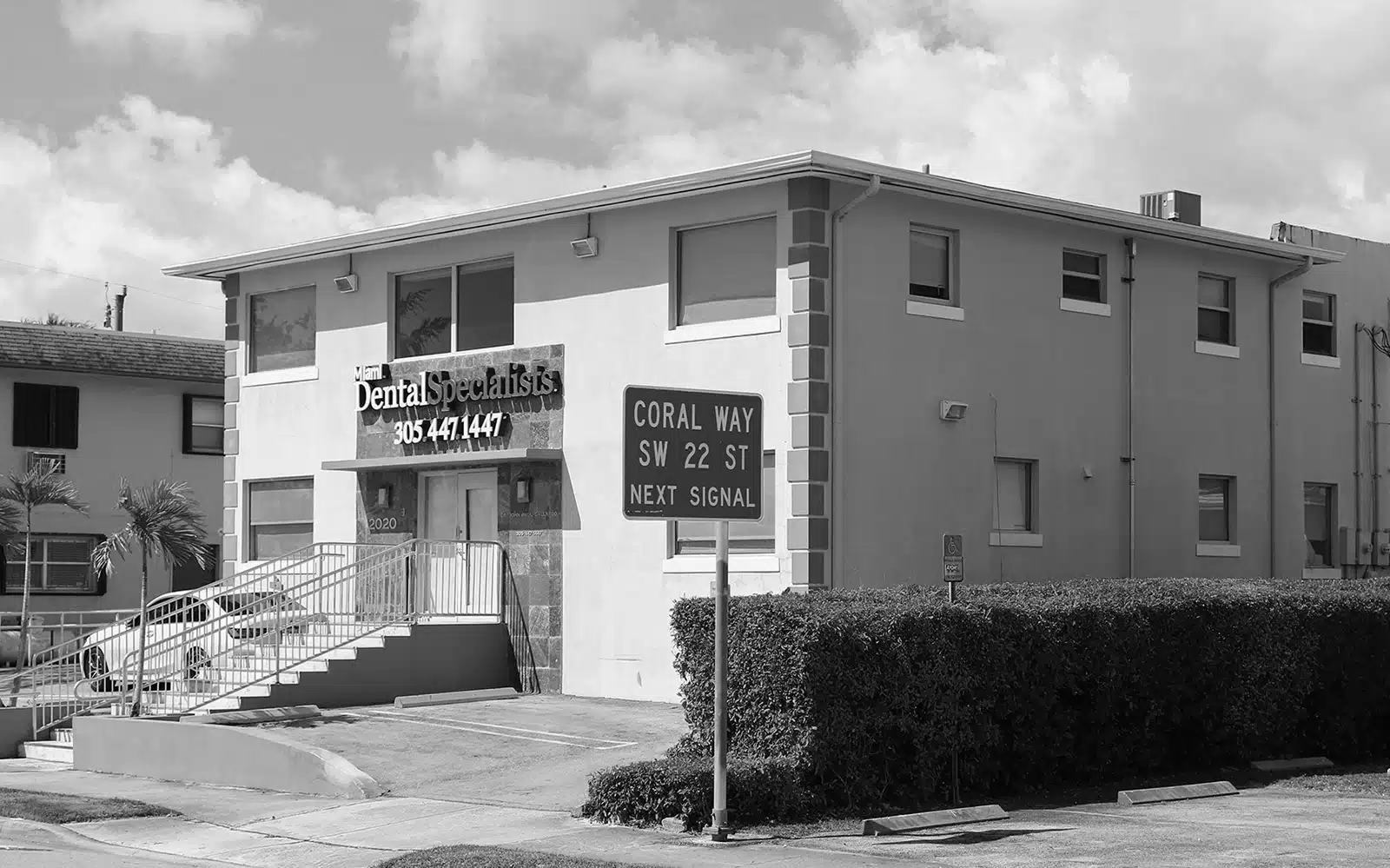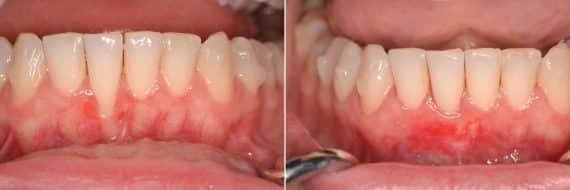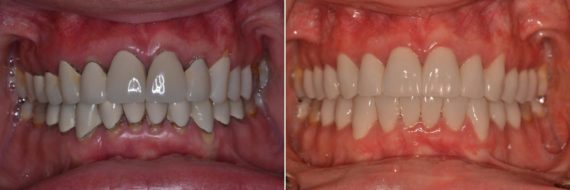
Have you noticed your tooth moving ever so slightly when you touch it? It may seem like a small issue, but a loose tooth in adulthood can be a sign of something more serious, and it should never be ignored. The good news is, solutions are available.
Whether your loose tooth is the result of an injury, gum disease, or even pregnancy-related changes, modern dentistry offers effective treatments to stabilize and save your smile. Let’s explore the causes, stages, and treatments of loose teeth—and how to prevent them from falling out.
Can Loose Adult Teeth Be Saved?
Yes, loose adult teeth can often be saved with appropriate dental treatment. The success of treatment depends on several factors, including the cause of the looseness, the extent of gum and bone damage, and how quickly you seek professional care. In many cases, procedures like scaling and root planing, dental splinting, or even regenerative therapies can restore stability and save the tooth. The sooner you act, the better the chances of recovery.
Why Does My Tooth Feel Loose? Common Causes
A loose tooth can be alarming, especially when you’re not sure what’s causing it. In adults, tooth mobility is typically a symptom of an underlying issue. Below are some of the most common reasons your tooth may feel loose, each requiring a different approach to treatment.
Injury or Trauma
Accidents or injuries involving the mouth can loosen a tooth, even if there’s no visible damage. Sports collisions, falls, or biting down on something hard can stretch or tear the periodontal ligaments that anchor the tooth to the jawbone. In some cases, trauma may also cause microfractures or damage to the surrounding bone, which can further destabilize the tooth. If the injury is addressed promptly, a dentist may be able to reposition and stabilize the tooth, preventing long-term complications.
Gum Disease
Gum disease, or periodontitis, is one of the leading causes of tooth looseness in adults. As the disease progresses, it destroys the soft tissue and bone that support your permanent teeth, leading to mobility and even tooth loss. In its early stages, symptoms may include bleeding gums, bad breath, and gum recession. Left untreated, the bone surrounding the tooth can deteriorate, weakening the foundation. Prompt periodontal treatment can help stop the damage and, in many cases, stabilize the tooth.
Osteoporosis
Osteoporosis doesn’t just affect your spine or hips—it can also weaken the bones that support your teeth. When jawbone density decreases, the foundation anchoring your teeth can deteriorate, making them more prone to looseness. This is especially common in postmenopausal women and older adults. Medications used to treat osteoporosis may also influence or cause other oral health problems. If you’re diagnosed with osteoporosis and notice tooth movement, it’s essential to consult a dentist who can monitor bone levels and suggest appropriate preventive or corrective care.
Poor Oral Hygiene
Neglecting daily brushing and flossing can lead to a buildup of plaque and tartar, which harbor harmful bacteria. Over time, this can inflame the gums and contribute to the destruction of the supporting structures around your teeth. Without intervention, this progression can cause teeth to loosen and eventually fall out. Maintaining a consistent oral hygiene routine and scheduling regular dental cleanings are key to preventing this preventable cause of tooth mobility.
Teeth Grinding
Also known as bruxism, teeth grinding puts excessive pressure on your teeth and their supporting structures. This constant force can stretch the periodontal ligaments and gradually loosen your teeth, especially if grinding occurs while you sleep. Over time, bruxism can wear down enamel and exacerbate issues like gum recession and bone loss. Wearing a nightguard and addressing underlying stress or bite alignment problems can help protect your teeth and preserve their stability.
Pregnancy
Hormonal changes during pregnancy—especially an increase in progesterone and estrogen—can affect the tissues and bones that support your teeth. This can lead to inflammation and a temporary loosening of the teeth, even without underlying gum disease. While this condition is often reversible after childbirth, it’s important to maintain regular dental visits during pregnancy to monitor gum health and manage symptoms before they progress.

Stages of a Loose Tooth in Adults
To effectively treat a loose tooth, it’s important to understand how the condition progresses over time. From the first signs of minor movement to the point where extraction may be necessary, each stage presents unique symptoms and challenges. Below is a breakdown of the typical stages a loose tooth can go through in adults.
1. Initial Looseness
In this early stage, you might notice a slight wobble in your tooth when you press it with your tongue or finger, but no pain or visible damage. This minor mobility is often reversible if addressed quickly. The cause could be something as simple as temporary inflammation or the result of habits like teeth grinding. At this point, a professional evaluation is crucial to prevent further progression. With early intervention, such as improved hygiene or a custom nightguard, the tooth can often be stabilized and restored to full health.
2. Moderate Looseness
At this stage, the movement of the tooth becomes more noticeable and may occur during eating or brushing. Some discomfort or gum sensitivity might be present, especially if inflammation is involved. This level of looseness usually indicates that the periodontal ligaments and surrounding bone are beginning to deteriorate. Intervention is still possible but may require more intensive treatment, such as deep cleaning or splinting. The longer the treatment is delayed, the higher the risk of the condition progressing to irreversible stages.
3. Severe Looseness
At this point, the tooth shows significant mobility and may feel unstable during normal activities like talking or chewing. You may also notice swelling, gum recession, or persistent discomfort. The underlying bone loss is often substantial, and the tooth may be visibly out of alignment. While saving the tooth is still possible, it requires advanced periodontal treatments, possibly including grafting or splinting. Immediate dental intervention is critical to avoid reaching the point where extraction becomes the only option.
4. Potential Loss
In this final stage, the tooth is extremely loose and may be on the verge of falling out. Severe decay, pain, infection, or visible gaps in the gum line are common at this point, making this a dental emergency. The damage to the bone and surrounding tissues is often too extensive for recovery, making extraction the most likely outcome. However, even at this stage, a skilled periodontist (emergency dentist) can assess the situation and plan for a replacement option, such as a dental implant, to restore both function and appearance.
Dental Treatments for a Loose Tooth
The right treatment for a loose tooth depends on its cause and severity. From non-invasive procedures to surgical solutions, dental professionals have a range of techniques to restore stability and prevent tooth loss. Below are some of the most effective professional dental procedures used to address loose teeth.
Deep Cleaning (Root Planning)
This deep-cleaning procedure is often the first step in treating a loose tooth caused by gum disease. Scaling removes plaque and tartar from above and below the gum line, while root planing smooths the root surfaces to help gums reattach to the teeth. It reduces inflammation and bacterial buildup, creating a healthier environment for the tooth to stabilize. For many patients, scaling and root planing alone can significantly improve tooth mobility and prevent further progression.
Dental Splinting
Dental splinting is a technique used to stabilize a loose tooth by bonding it to adjacent, stronger teeth. This creates a unified structure that reduces movement and allows the tissues and bone around the affected tooth to heal. Splinting is especially effective when the looseness is due to trauma or early-stage periodontal issues. The procedure is non-invasive and can offer immediate relief, making it a practical solution for preserving a natural tooth without resorting to extraction.
Tissue and Bone Grafting
When gum disease or dental trauma has led to the loss of supporting bone or gum tissue, grafting procedures (oral surgery) can help rebuild those structures. Bone grafts restore lost jawbone, creating a solid foundation for the tooth, while soft tissue grafts help regenerate the gum line. These treatments not only improve stability but also enhance long-term oral health. Grafting is often used in conjunction with other procedures and requires a skilled specialist for optimal results.
Tooth Extraction
When a tooth is too loose to be saved, extraction may be the only viable option. This typically occurs when there is severe bone loss, advanced infection, or structural damage that compromises the tooth’s function and overall oral health. While extraction may sound daunting, it’s often a necessary step to prevent further complications. Once the tooth is removed, replacement options like dental implants or bridges can restore both aesthetics and functionality, helping you maintain a healthy, confident smile.
Before & After Photos


* All patients are unique and individual results may vary.
How to Prevent a Permanent Tooth From Falling Out
Preventing a loose tooth begins with proactive care. By maintaining good habits and making smart lifestyle choices, you can significantly reduce your risk of developing issues that lead to tooth mobility. Here are key strategies to help you protect your smile before problems start.
- Good Oral Hygiene: Brush twice daily with fluoride toothpaste and floss once a day to remove plaque and food particles. This helps prevent gum disease, one of the leading causes of loose teeth.
- Regular Dental Checkups: Visit your dentist at least twice a year for cleanings and exams. Early detection of dental problems like gum inflammation or bone loss makes treatment more effective.
- Protect Your Teeth: If you play contact sports or grind your teeth at night, use a custom-fitted mouthguard. This minimizes trauma and reduces pressure on your healthy teeth.
- Manage Underlying Conditions: Chronic illnesses like diabetes can increase your risk of gum disease. Keeping these conditions well-managed supports both overall and oral health.
- Avoid Harmful Habits: Smoking interferes with gum tissue healing and blood flow, accelerating periodontal disease. Quitting smoking can significantly improve your gum and bone health, and avoiding sticky foods also helps.
- Calcium and Vitamin D: A diet rich in calcium and vitamin D helps maintain strong bones, including your jawbone. Consider supplements or fortified foods if you’re not getting enough through your diet.
Schedule an Appointment With an Expert Miami Dentist
When it comes to saving a loose adult tooth, experience matters. A skilled periodontist understands how to accurately diagnose the issue, choose the appropriate treatment, and execute it with precision. Without proper care, you risk losing not just one tooth but potentially others as well.
With over 25 years of experience, Dr. John Paul Gallardo, DDS, PA, is South Florida’s go-to expert for gum health and dental implants. His state-of-the-art practice combines advanced technology with compassionate care to ensure the best outcomes for his patients. Don’t wait, call us today at 305-447-1447 or visit our contact page to schedule your consultation.
FAQs About Loose Teeth
How long does a loose tooth take to fall out in adults?
The time it takes for a loose adult tooth to fall out can vary significantly depending on the cause and severity of the condition. In cases of advanced gum disease or severe trauma, a tooth could fall out within weeks if left untreated. However, with timely professional care, many loose teeth can be stabilized and preserved for years. Early intervention is key to extending the life of the affected tooth.
Can a loose tooth go back to normal?
In many cases, yes, a loose tooth can return to normal if the underlying cause is treated early. For example, if looseness is due to mild gum inflammation or bruxism, professional cleanings, better oral hygiene, or a custom nightguard may help restore stability. However, if the looseness is caused by advanced gum disease or bone loss, full recovery may not be possible without more intensive treatment. Acting quickly is essential to preserve the tooth and prevent further damage.
Can you fix a loose tooth with home remedies?
While good home care can support oral health, a loose adult tooth typically requires professional intervention. Home remedies like rinsing with salt water or improving oral hygiene may help reduce inflammation, but they won’t address the root cause, whether it’s gum disease, bone loss, or trauma. Trying to self-treat a loose tooth could worsen the condition or delay needed care. Always consult a dentist to determine the best course of action and avoid further complications.